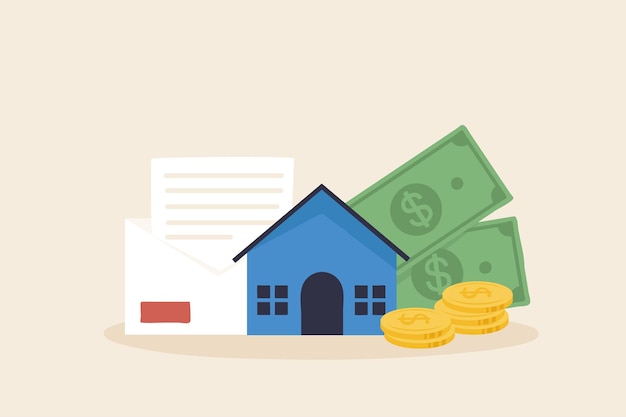
Introduction
When considering a significant financial commitment like taking out a loan, it’s essential to understand the implications fully. For many individuals, a $250,000 loan can represent a significant milestone in achieving their dreams, whether it’s purchasing a home, starting a business, or funding education. However, it’s crucial to grasp the financial responsibility that comes with it, specifically the monthly payments that need to be managed. In this article, we will delve into the world of monthly loan payments for a $250,000 loan, exploring the factors that influence them, and understanding how they can fit into your overall financial plan.
I. What is a $250,000 Loan?
Before we explore the monthly payments, let’s first understand what a $250,000 loan entails. Essentially, a $250,000 loan is a substantial amount of money borrowed from a lender, which is expected to be repaid over a specified period. Such loans can be offered for various purposes, including mortgages, personal loans, or business loans.
II. Factors Influencing Monthly Payments
Several key factors influence the amount of the monthly payments for a $250,000 loan. It’s essential to be aware of these factors before taking on such a financial commitment.
Interest Rate
The interest rate is one of the most critical factors determining the monthly payment amount. It represents the cost of borrowing money and is usually expressed as a percentage of the loan amount. Higher interest rates will result in larger monthly payments, while lower rates will make the payments more manageable.
Loan Term
The loan term refers to the duration within which the loan needs to be repaid in full. Loans with shorter terms typically have higher monthly payments, while longer-term loans spread the repayment over a more extended period, resulting in smaller monthly installments.
Type of Loan
The type of loan can significantly impact the monthly payments. For example, fixed-rate loans have consistent monthly payments throughout the loan term, while adjustable-rate loans may start with lower payments but can fluctuate over time, potentially increasing the monthly commitment.
Credit Score
Borrowers’ credit scores play a vital role in loan approvals and interest rate determinations. A higher credit score often leads to lower interest rates, which can positively affect monthly payments.
III. Calculating Monthly Payments
Now that we understand the factors that influence monthly payments, let’s explore how to calculate these payments for a $250,000 loan.
To calculate the monthly payment amount, we can use the standard formula for loan amortization. This formula takes into account the loan amount, the interest rate, and the loan term to determine a fixed monthly payment.
IV. Understanding the Financial Implications
With the monthly payment amount calculated, it’s essential to understand the financial implications and plan accordingly.
Budgeting
Incorporating a $250,000 loan’s monthly payments into your budget is crucial. Assess your income, expenses, and other financial obligations to ensure that the monthly payments are affordable and won’t strain your finances.
Emergency Funds
Having an emergency fund in place is essential to handle unexpected expenses without defaulting on your loan. Aim to have three to six months’ worth of living expenses set aside in a readily accessible account.
Long-Term Financial Goals
Consider how the loan payments align with your long-term financial goals. Will the loan help you achieve your objectives, such as homeownership or business expansion? Ensure that the loan fits into your overall financial plan.
V. Conclusion
Taking out a $250,000 loan is a significant financial decision that requires careful consideration. Understanding the factors influencing the monthly payments and planning accordingly is essential for successful loan management. By budgeting wisely, maintaining emergency funds, and aligning the loan with long-term financial goals, borrowers can navigate the financial commitment with confidence.
VI. FAQs
1. Can I get a $250,000 loan with bad credit?
While it may be challenging to secure a loan with bad credit, some lenders specialize in providing loans to individuals with lower credit scores. However, keep in mind that the interest rates may be higher in such cases.
2. How can I reduce the monthly payments on my $250,000 loan?
To reduce monthly payments, you can consider refinancing the loan to obtain a lower interest rate or extending the loan term. However, extending the term will increase the total interest paid over time.
3. What happens if I miss a monthly payment?
Missing a monthly payment can have negative consequences, including late fees, a negative impact on your credit score, and potential default. It’s crucial to communicate with your lender and find a solution if you encounter financial difficulties.
4. Is it better to pay off the loan early?
Paying off a loan early can save you money on interest payments. However, before doing so, ensure that there are no prepayment penalties, and prioritize other financial goals such as building an emergency fund and investing for the future.
5. Can I use a $250,000 loan for investment purposes?
Yes, a $250,000 loan can be used for investment purposes, such as starting a business or investing in real estate. However, it’s essential to assess the risks and potential returns before making investment decisions.




